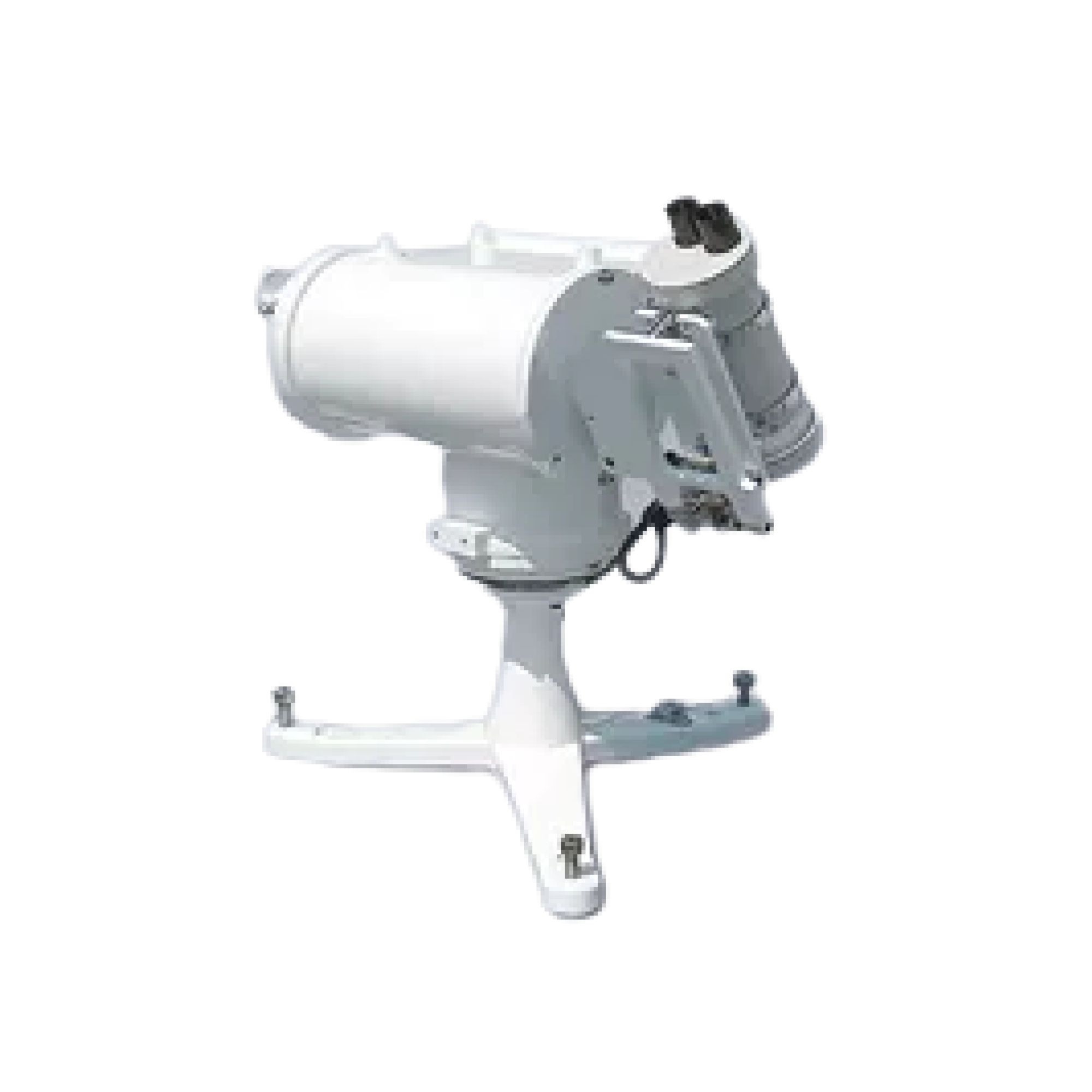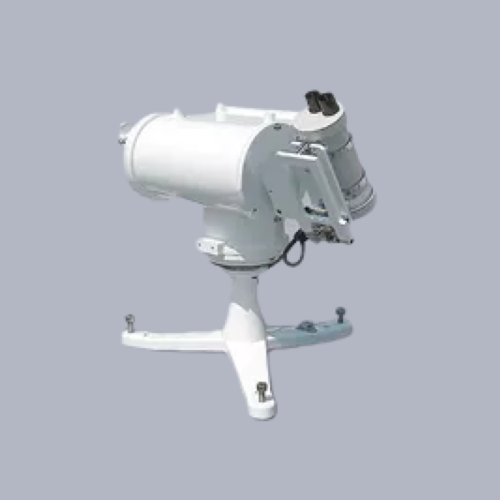MS-321LR Sky Scanner
Light Condition Sensors

CIE108-1994 Measurements
The MS-321LR Sky Scanner is designed for building automation, design, daylight software modelling and light pollution research.

MS-321LR Sky Scanner
The MS-321LR Sky Scanner is designed to measure luminance (kcd/m2) and radiance values (W/m2/sr) based on the CIE108-1994 recommendation (CIE – International Commission on Illumination, IDMP – International Daylight Measurement Program).
Even in low light and diffuse skies, the two highly sensitive detectors deliver integrated values over the full hemisphere, automatically blocking direct radiation with the active shutter function.
The sensor, attached to a tracker positioner with two-axis control with a viewing angle of x11 degrees, captures the hemisphere in x145 sequential steps. The precise tracking mechanism is durable and supports repeatability in all conditions.
The MS-321LR Sky Scanner is predominantly used to study diffuse sky radiation contributions, an important parameter for building automation, design, daylight software modelling and light pollution research.
The advanced software control functions of the MS-321LR also offer users the flexibility to export data for research analysis and other applications.
Key Features:
- x2 highly sensitive detectors
- Automatic Irradiance and Illuminance measurement
- Hemisphere capture in x145 sequential steps
- Active shutter function to block direct radiation
- Two-axis tracker positioner
Resources
Documentation
Accessories
Frequently Paired Together
| Output | Digital |
|---|---|
| Irradiance range (W/m²) | < 300 W/m2 |
| Luminance range | < 50 kcd/m2 |
| Sky scanning time 145 points | < 4.5 min |
| Operating temperature range | -40 to 50°C |
| Communication | RS-422 / 232C |
| Power supply | DV24V(21~32VDC), 20W |
| Dimensions mm | 430 (W) x 380 (L) x 440 (H) |
| Weight | 12.5 kg |
| Ingress protection | IP65 |
| Cable length | 10m ( 20m ) |
Contrary to popular belief, Lorem Ipsum is not simply random text. It has roots in a piece of classical Latin literature from 45 BC, making it over 2000 years old. Richard McClintock, a Latin professor at Hampden-Sydney College in Virginia, looked up one of the more obscure Latin words, consectetur, from a Lorem Ipsum passage, and going through the cites of the word in classical literature, discovered the undoubtable source. Lorem Ipsum comes from sections 1.10.32 and 1.10.33 of “de Finibus Bonorum et Malorum” (The Extremes of Good and Evil) by Cicero, written in 45 BC. This book is a treatise on the theory of ethics, very popular during the Renaissance. The first line of Lorem Ipsum, “Lorem ipsum dolor sit amet..”, comes from a line in section 1.10.32.
The standard chunk of Lorem Ipsum used since the 1500s is reproduced below for those interested. Sections 1.10.32 and 1.10.33 from “de Finibus Bonorum et Malorum” by Cicero are also reproduced in their exact original form, accompanied by English versions from the 1914 translation by H. Rackham.

